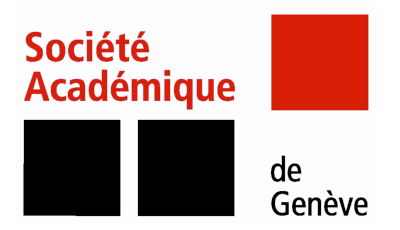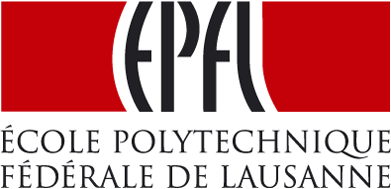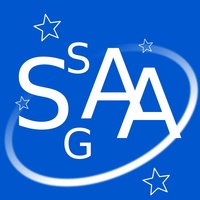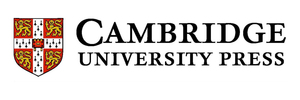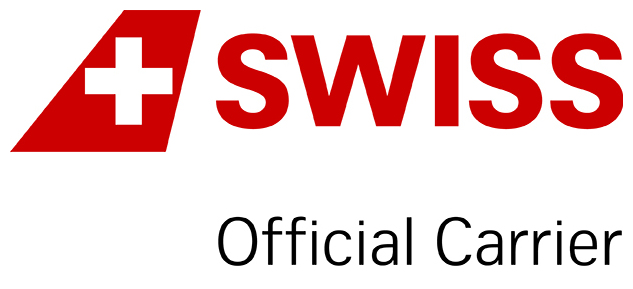Symposium S8
3 – 4 July 2014
Testable solutions to the dark matter problem: theory and observations
Aims and scope
These symposia will summarize the state-of-the-art in our understanding of the nature of dark matter (DM) and discuss the most promising avenues of research in this field. Our goal is to bring together experts in (i) observations relevant to the study of the DM phenomenology on a large range of galactic scales, (ii) numerical simulations of structure formation (iii) DM detection experiments using astronomical targets and (iv) alternative gravity theories.
Astrophysical observations have already excluded the possibility that the dominant form of DM corresponds to light particles moving at relativistic speeds (i.e. "hot"). While this may imply the need for physics beyond the Standard Model of particle physics,
it is still a very open debate which one, if any, of the existing DM particle candidates (e.g. weakly interacting massive particles,
axions, sterile neutrinos, light gravitinos etc.) has properties that can accommodate the existing wealth of astronomical constraints.
Progress in this field results from the comparison between theoretical predictions against astrophysical data on a range of scales. The ultimate goal is to rule out as many particle candidates as possible. To this end simulations of structure formation are needed in order to investigate how the microscopic properties of DM particles impact on the growth and the internal dynamics of galaxies. Also, given that baryons can alter the primordial properties of galactic DM haloes (e.g. adiabatic contraction, supernova feedback), galaxy formation simulations that incorporate realistic models of baryonic feedback are necessary to determine what astrophysical systems provide the strongest tests on existing DM models. Finally, there are also limitations in
the amount/type of observables we can use to infer the content and distribution of DM in galaxies. Developing & testing modelling techniques is a crucial step toward the understanding of dark matter.
Programme
- DM in galaxies: from the smallest scales (dwarf spheroidals) to elliptical galaxies
- DM on large scales: clusters of galaxies, constraints from the
Ly-alpha forest & CMB power spectrum
- Predictions from simulations of structure formation. Cold, Warm, Self-interacting DM models
- Mechanisms that may modify the mass content/profile of dark matter haloes,
e.g. adiabatic contraction, stellar feedback, tidal effects
- Alternative gravity theories
- DM detection experiments using astrophysical sources
- Dynamical modelling: techniques, limitations and future perspectives
Invited speakers
- Remco van den Bosch
- Alexey Boyarsky
- Alyson Brooks
- Michele Cappellari
- Henk Hoekstra
- Andrea Maccio
- Mordehai Milgrom
- Stefano Profumo
- Hans-Walter Rix
- Matteo Viel
- Matt Walker
- Jesus Zavala
Scientific organizers
Giuseppina Battaglia, Jorge Penarrubia
Contact
darkmatter2014ewass @ gmail.com
Updated on Fri May 09 17:52:26 CEST 2014
|
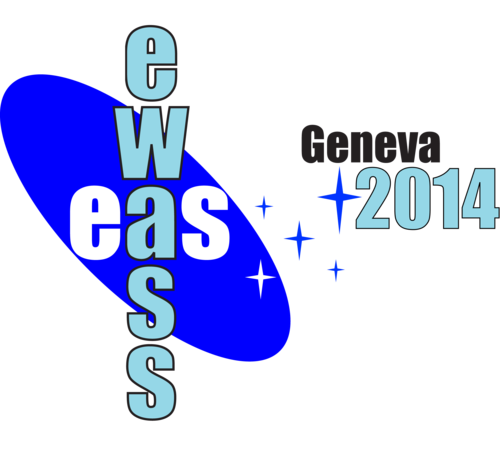
 A power cut will shut down all EAS services on Tuesday, 10 January 2017 starting at 7:30 CET.
A power cut will shut down all EAS services on Tuesday, 10 January 2017 starting at 7:30 CET.



